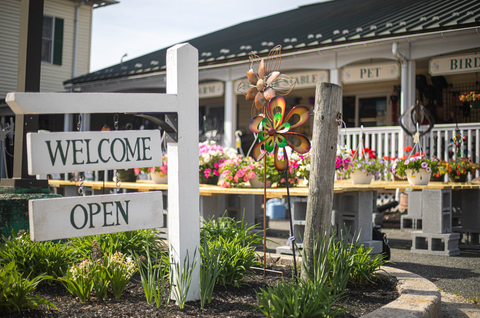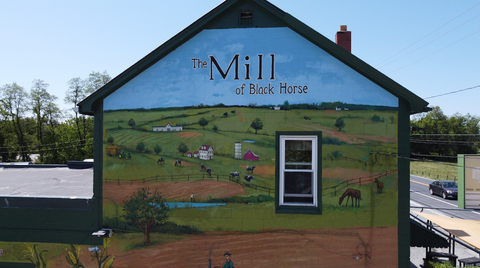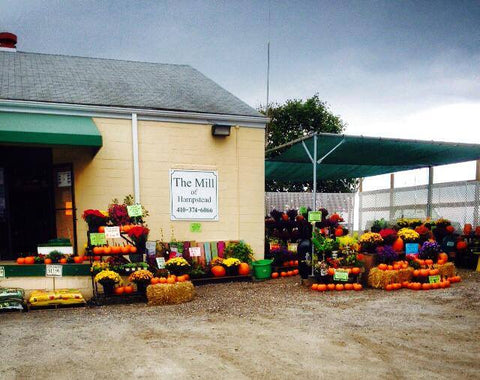Fall Leaf Management: Finding the Balance Between Lawn Health and Habitat
As autumn settles across the Mid-Atlantic, colorful leaves begin to blanket lawns, gardens, and driveways. While the vibrant carpet of foliage adds beauty to the season, it can also raise questions for homeowners: should leaves be cleared, composted, or left alone? At The Mill, we believe the answer lies in balance—protecting both your turf and the natural ecosystems that rely on fallen leaves.
Why Leaf Cleanup Matters for Lawn Health
A thick layer of leaves left on the lawn can block sunlight, trap moisture, and smother grass. Over time, this can lead to dead patches, disease, and a weaker root system going into winter.
Regular maintenance helps your lawn breathe, absorb nutrients, and stay resilient through colder months. Mowing or mulching leaves into fine pieces returns valuable organic matter back to the soil, an easy, natural fertilizer boost.
Mulching: The Best of Both Worlds
If your lawn isn’t covered too heavily, shredding leaves into smaller pieces and allowing them to break down naturally can feed the soil without harming the grass underneath. This method adds organic matter and supports beneficial microbes that keep soil structure healthy.
For heavier leaf coverage, it’s best to remove some before they begin to mat and hold moisture.
When to Rake or Remove Leaves
In shady or low-lying areas where moisture lingers, thick leaf mats can promote fungal growth and turf damage. In those situations, raking or blowing leaves off the grass and into landscape beds, compost piles, or wooded areas is best. Collected leaves can be composted or used as mulch around shrubs and trees for insulation and weed suppression.
Leaving Leaves for Wildlife
Fallen leaves aren’t just debris—they’re vital shelter for overwintering insects, pollinators, and small critters. Many butterfly and moth species lay eggs or pupate in leaf litter, while toads and beneficial beetles seek refuge beneath.
Consider leaving a portion of your property—like wooded edges, garden borders, or beneath trees—undisturbed for the winter. This small action supports biodiversity and helps local ecosystems thrive.
Sustainable Lawn & Garden Practices
-
Compost leaves with grass clippings to create a nutrient-rich soil amendment for spring gardens.
-
Use shredded leaves as mulch in flower beds or around trees to insulate roots through winter.
-
Avoid burning or dumping leaves, which can release pollutants and harm soil structure.
-
Feed your lawn with a slow-release fall fertilizer from The Mill to replenish nutrients before dormancy.
The Mill’s Recommendation
For a healthy, balanced yard, aim to mulch or remove leaves from turf areas while leaving natural spaces untouched. This approach keeps your grass strong and green while supporting the beneficial insects that help your garden and landscape flourish.
At The Mill, our lawn and garden specialists can help you choose the right fall fertilizers, and soil amendments to prepare your yard for winter. Visit your nearest Mill location or explore our Lawn & Turf Department for seasonal supplies and expert advice.























